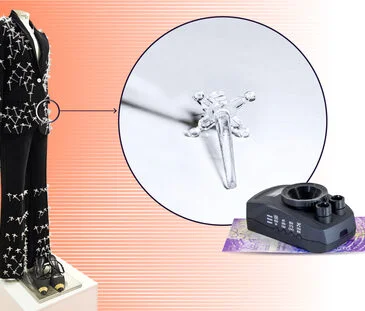A strong U.S. dollar has been making it more affordable to spend time in most other countries, and that was clear from my restaurant bills during a recent family trip to Québec City in Canada.
Even in Old Québec, the walled city tourists gravitate to, meals were a bargain compared to the Charleston area.
So were Uber rides and most other things.
That’s partly because a U.S. dollar was worth about $1.36 Canadian. Three years ago a greenback would have fetched $1.25 north of the border, and back in summer of 2011, just 96 cents.
In Europe, a U.S. dollar is worth 93 cents against the euro. A decade ago, a dollar bought just 73 cents.
Favorable exchange rates can make travel less expensive, but the real question isn’t what official rates have been doing, but what actual amount a person will pocket when exchanging currencies.
Consider this: The exchange rates I was offered at my hotel, at a retail store and in the airport were all about $1.16 Canadian — about where the official exchange rate stood a decade ago.
So, buying $500 Canadian would have cost $368 U.S., at the official exchange rate, but $431 if I had changed currency at any of those places. That’s a $63 difference, which amounts to forfeiting nearly 15 percent.
Using a bank ATM was only a slightly better option, at about $1.24 to the dollar. Foreign teller machines can have good or bad exchange rates, and some also collect extra usage fees.
Instead I paid for just about everything with my credit card, which has no foreign transaction fees, and I received the true exchange rate of $1.36.
Most of the value of having a stronger dollar can be wiped away if a person exchanges currency at unfavorable rates.
If I had expected to need a fair amount of cash, I could have exchanged money before leaving the U.S. at a local bank or credit union, or through AAA. Those are options for getting good exchange rates, but always check the rate and also ask about any fees.
Even in a North American city frequented by tourists there will be places that only take cash — like on mass transit buses in Québec City.
Traveling to a place where credit cards are widely accepted, the hands-down best option was clearly a card with no foreign exchange fees, and there are plenty of those. Many don’t charge annual fees.
In addition to getting the best exchange rate, using a credit card for most purchases meant that I didn’t need to carry much cash, and at the end of the trip I wouldn’t be left with foreign currency that would need to be converted back to U.S. dollars.
Getting an unfavorable exchange rate once is bad, but getting one twice — buying currency and later selling some of it back — is terrible. And if you wait until you’re in the airport for a flight home, expect bad rates plus added fees.
Most travel-related credit cards, such as those co-branded with airlines and hotels, have no foreign transaction fees. So do lots of credit cards that aren’t co-branded, such as the Capital One Venture card or the Chase Sapphire Preferred.
I took two credit cards with no foreign exchange fees on my trip; one to carry, and one to leave in the hotel room safe along with my passport and bank card.
Just remember that once the trip is over, there will be a credit card bill that needs to be paid in full and on time, in order to avoid interest charges.




